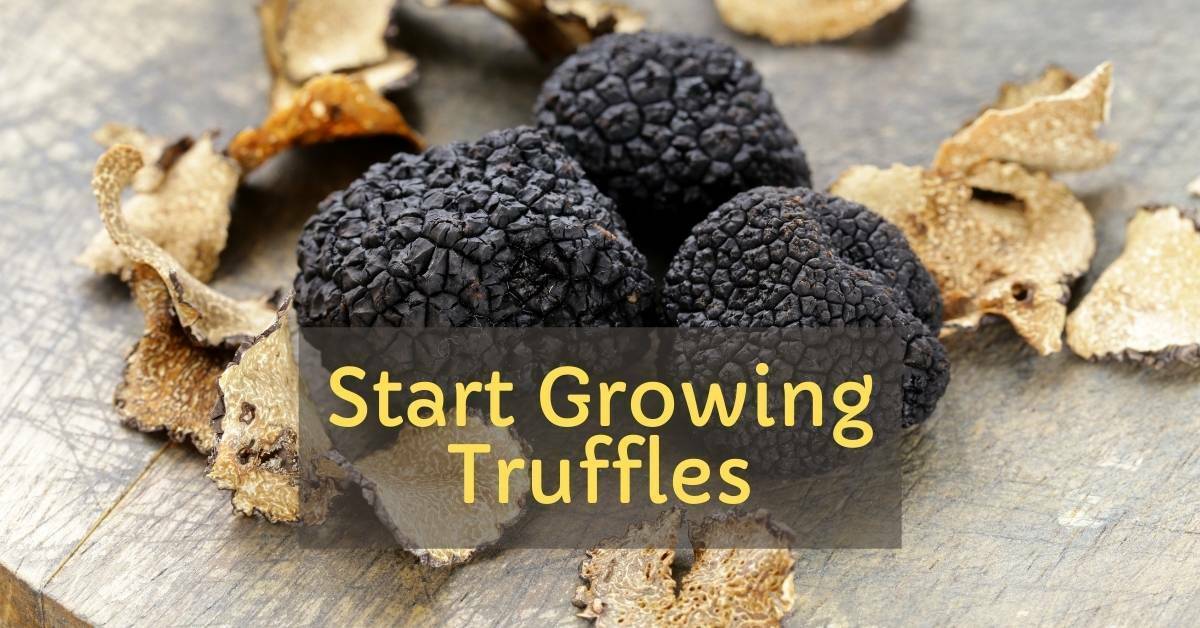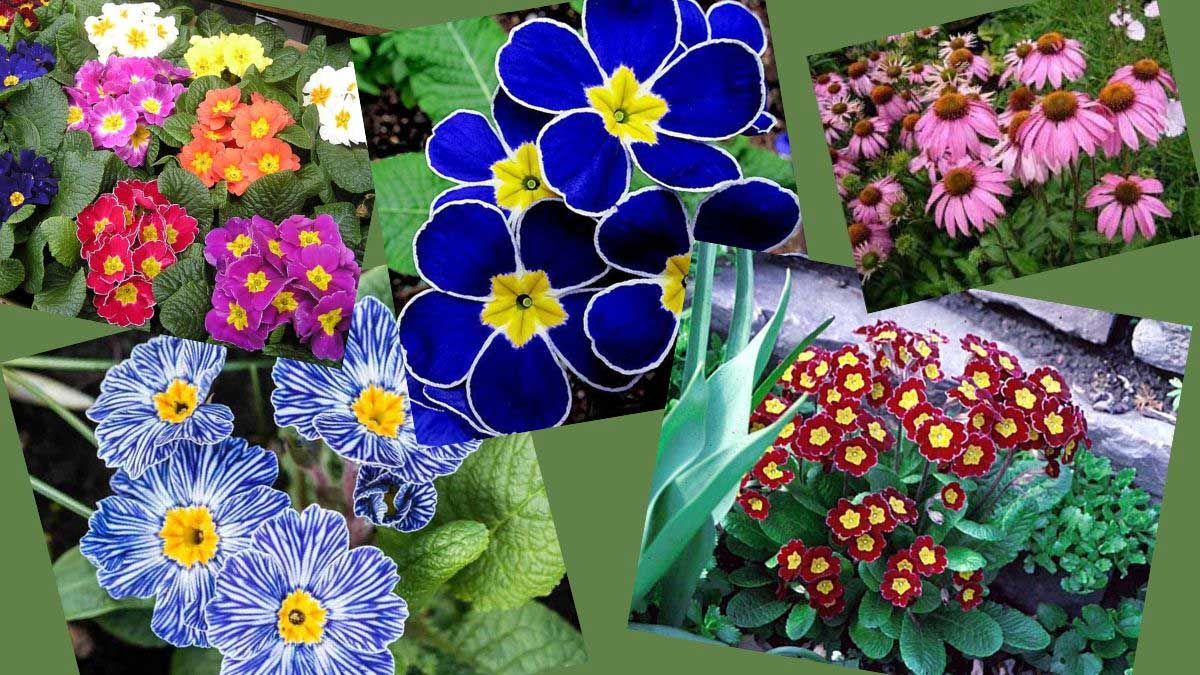Tomato plants are pretty capable of being grown in a container, often indoors, avoiding the need for an outdoor garden.
Growing in a container
Growing tomato plants in a container have many benefits. This technique of growing is well suited to those without a garden or who are short on space. Locations that receive plenty of sunlight are ideal for the placement of the pots, as this will help sustain the growth of the plant. Patios, backyards, and window sills are suitable.
The containers or pots can be moved around between the sunspots, thus ensuring the plants receive sufficient sunlight, which is about 6 hours per day. Growing your plants in pots or containers has the added benefit of reducing or eliminating the need to weed!
Although some varieties do better than others, most tomato varieties can be grown in container pots. You should consider growing tomatoes that do not become too large. Tomatoes that grow to a smaller size are known as determinate varieties. You would expect these to achieve a height of between 30-60 cm (1 to 2 ft).
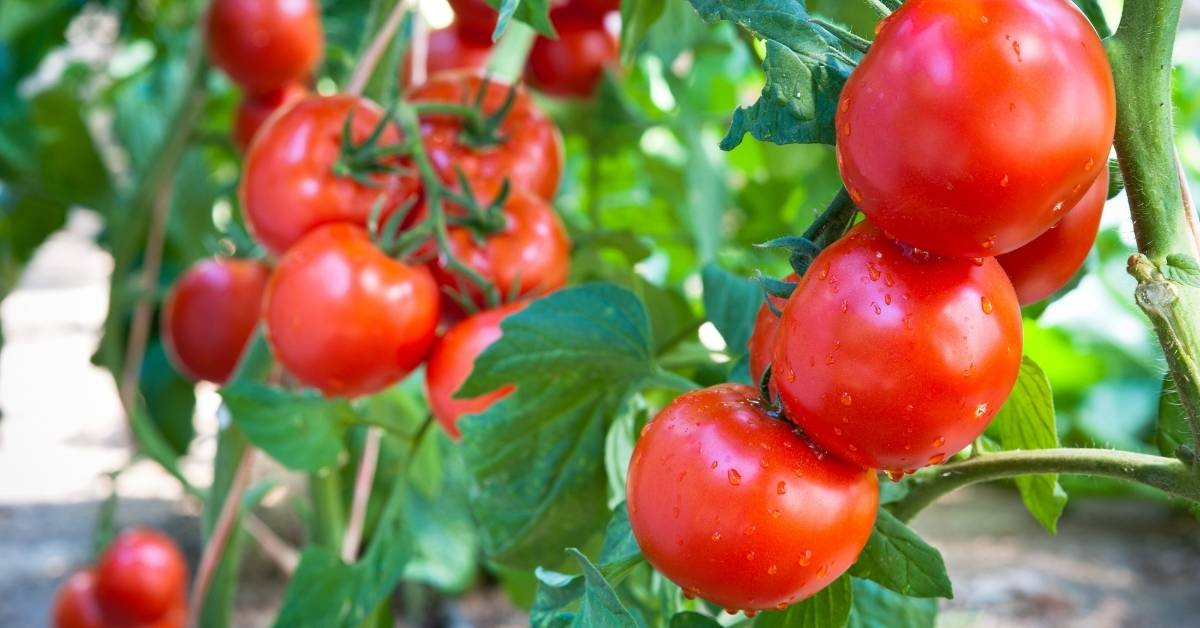
Growing tomatoes in a container
Tomatoes grown in a container tend to all ripen at once, so growing small varieties reduces that risk to prevent being left with too many surplus tomatoes.
It is also often better to choose a tomato variety that has a lower water demand to ensure success. They keep the soil from drying out; a tomato plant needs about 2-3cm (1 inch) of water per week.
Keeping the soil moist in a pot can often be a challenge. Picking the correct kind of container for the tomato plants is the key to maintaining moist soil.
Growing tomato plants in a terracotta pot are ideal, with sufficient room for the roots to grow. Selecting a pot with drainage holes at the bottom is essential to ensure adequate drainage. To avoid root rot by assisting with drainage, it is a good idea to place a layer of rock or stones at the bottom of the pot.
Using the right kind of soil in the pot helps keep the soil moist. Tomato plants grown in a pot do well in a soil-less mix of sphagnum peat, perlite, and vermiculite. Be sure to add some organic fertilizer to the soil mix and mix well in the pot.
Because tomato plants are usually heavy feeders, a slow-release fertilizer should be used. You should add this fertilizer about every two to four weeks.
Growing your tomatoes is truly enjoyable. Fresh organic tomatoes that taste better than those you can buy in the shops are your reward. Having a small or no garden at all is not a hindrance to growing tomatoes, given the ability to grow tomato plants in a container.
Match Tomato Varieties to Growing Environments
When choosing a tomato variety, it’s critical to match the varietal features to the growing circumstances since this will result in the highest fruit output and quality. For example, choosing an early variety to have harvestable fruit early in the season may be appealing.
Even while early-season cultivars are tolerant to chilly, low-light intensity environments, they struggle in warm to hot situations with high light intensity. As a result, it’s possible to feel dissatisfied if only a few fruits ripen as the seasons change.
Heirloom (historical) cultivars have gotten a lot of attention, but keep in mind that some of them have a poor disease and pest resistance, and many of them aren’t tolerant of moisture and temperature stress.
Heirloom cultivars may also need extra attention and care, including protection from weather extremes and cultural operations such as suckering and cluster pruning and the removal of senescing leaves to prevent disease organisms from getting a foothold.
As a result, only choose kinds that are compatible with the conditions in which they will be cultivated.
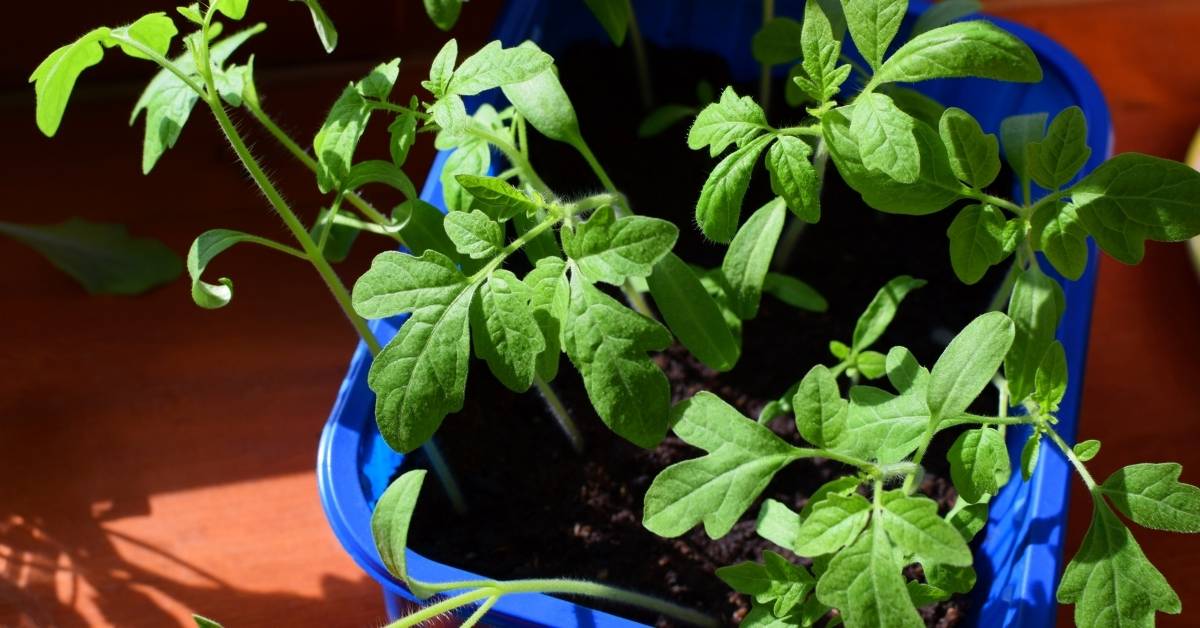
Additional technical information on tomatoes for pro gardeners that newbie gardeners might find boring:
Chelates and Chelation
When cultivated in alkaline soils, chelates, particularly iron (Fe), play a key role in the development of Fe-sensitive crops. Under comparable soil circumstances, chelates of the elements manganese (Mn) and zinc (Zn) have also proven useful.
The chelate’s form and application method are significant elements in deciding how efficient it is at supplying the element to a developing crop in order to avoid deficiency.
Is it possible to utilize chelates in a nutritional solution? Is it true that they are both essential and effective?
When a chelate is added to an acid solution, such as in the formulation of a nutrient solution, equilibrium chemistry takes over, and the divalent cations at the highest concentration get chelated.
Chelation will occur with both calcium (Ca2+) and magnesium (Mg2+) since they are the most common divalent cations in nutritional solution formulations.
Because the divalent micronutrients Fe2+, Mn2+, and Zn2+ are present in low quantities, they will not be tricked even if they are supplied as chelates because the link with the Ca2+ and Mg2+ cations would be broken.
Chelation does not enhance “availability” in an acidic solution since the chelate connection must be broken for the ion to be root absorbed.
As a result, Chelation in a nutritional solution actually reduces availability. Furthermore, because the chelate EDTA has been proven to be harmful to some plants, chelate DTPA is advised instead.
Humic acid will operate as a chelate if it is included in a nutrient solution formulation; however, chelating those divalent cations in the most significant concentration may not be a divalent micronutrient.
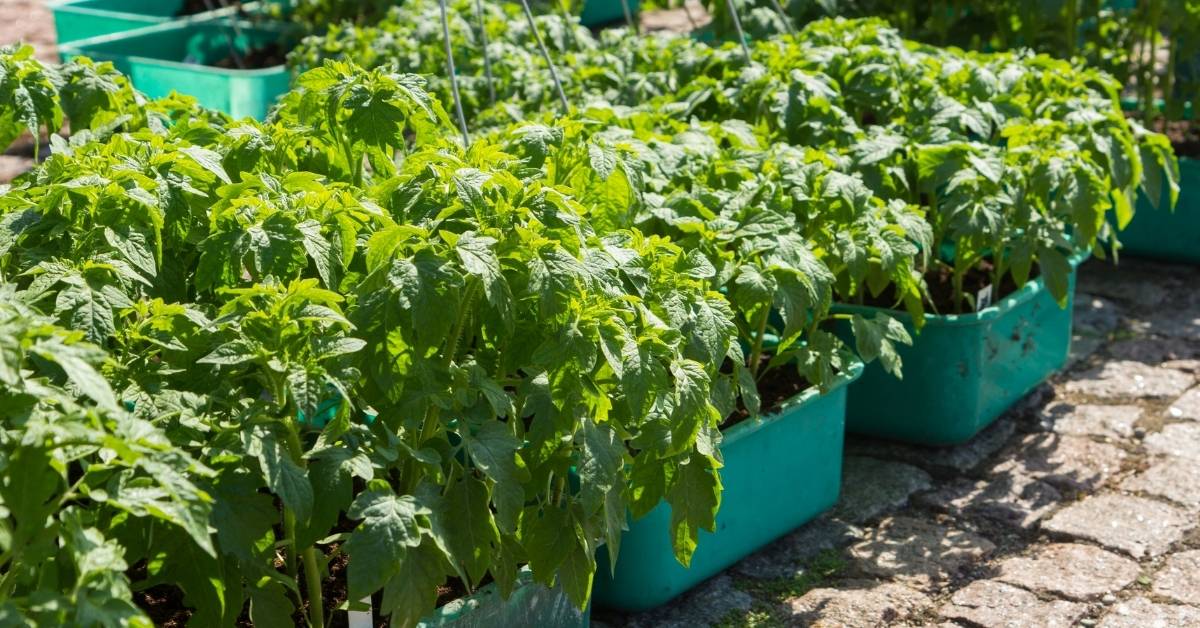
Elemental Content of Tomato Seed
The elemental content of several varieties of tomato seeds was determined. Their range in elemental content is:
Major Element – %
- Phosphorus (P) 0.86-0.95
- Potassium (K) 0.50-0.64
- Calcium (Ca) 1.02-1.56
- Magnesium (Mg) 0.48-0.59
- Sulfur (S) 0.29-0.38
- Nitrogen (N) 2.50-2.60
- Micronutrient ppm
- Boron (B) 20-30
- Copper (Cu) 18
- Manganese (Mn) 30-39
- Iron (Fe) 156-182
- Zinc (Zn) 93
The low K and N content of the tomato seed explains why a solution of potassium nitrate (KNO3) in germination tests is applied to the germinating blotter. There is a sufficient quantity of the other essential elements to provide for the emerging seedling initially.
